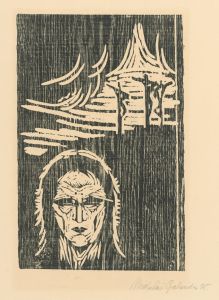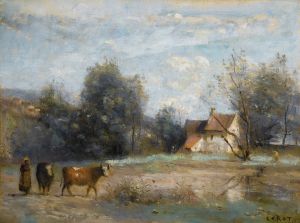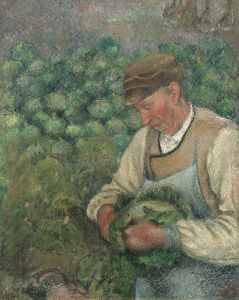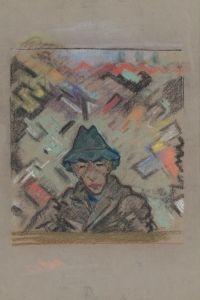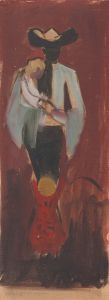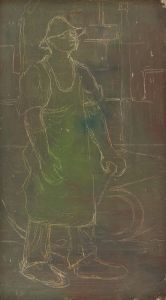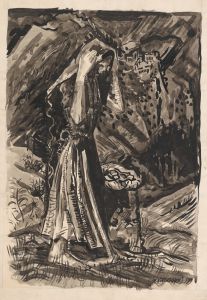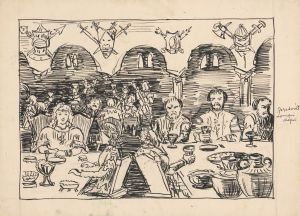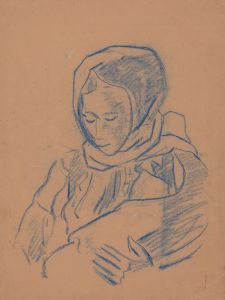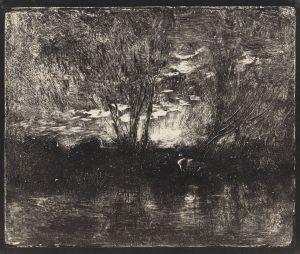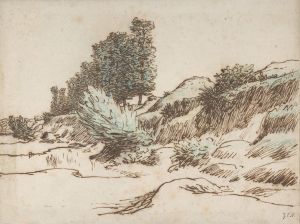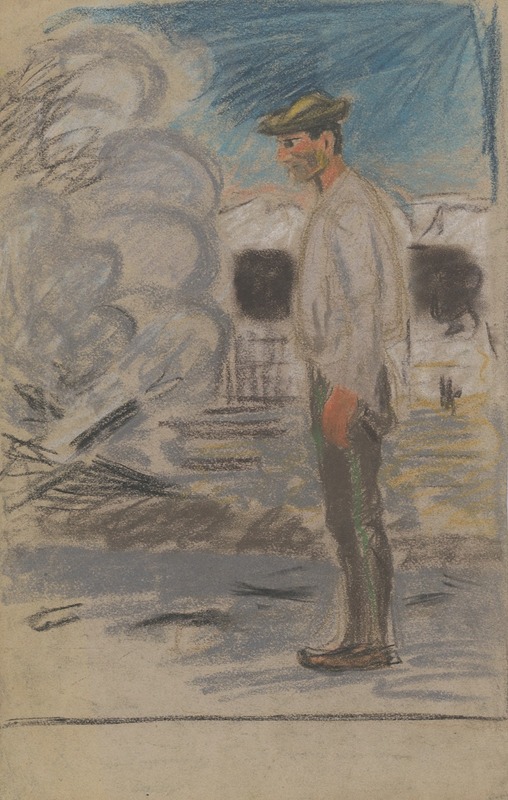
Swain in a Yard
A hand-painted replica of Arnold Peter Weisz-Kubínčan’s masterpiece Swain in a Yard, meticulously crafted by professional artists to capture the true essence of the original. Each piece is created with museum-quality canvas and rare mineral pigments, carefully painted by experienced artists with delicate brushstrokes and rich, layered colors to perfectly recreate the texture of the original artwork. Unlike machine-printed reproductions, this hand-painted version brings the painting to life, infused with the artist’s emotions and skill in every stroke. Whether for personal collection or home decoration, it instantly elevates the artistic atmosphere of any space.
Arnold Peter Weisz-Kubínčan was a Slovak modernist painter born in 1898 in the Austro-Hungarian Empire, in what is now Slovakia. His works are known for their unique blend of modernist styles, including elements of Expressionism and Cubism, often reflecting his personal experiences and the turbulent historical context of his time. However, detailed information about specific works by Weisz-Kubínčan, including "Swain in a Yard," is scarce.
"Swain in a Yard" is one of the paintings attributed to Weisz-Kubínčan, but there is limited documentation or scholarly analysis available about this specific piece. The title suggests a rural or pastoral theme, which aligns with some of the artist's known interests in depicting Slovak landscapes and everyday life. Weisz-Kubínčan's art often explored themes of identity, culture, and the human condition, and his works frequently incorporated bold colors and dynamic compositions.
Weisz-Kubínčan's career was tragically cut short during World War II. As a Jewish artist, he faced persecution under the Nazi regime and was ultimately deported to a concentration camp, where he perished in 1944. Much of his artistic legacy was lost or scattered due to the war, and surviving works are relatively rare. This scarcity has contributed to the limited information available about individual paintings like "Swain in a Yard."
Given the lack of detailed records or analysis of this specific painting, further research or discovery of archival materials would be necessary to provide a more comprehensive understanding of its significance within Weisz-Kubínčan's body of work.






